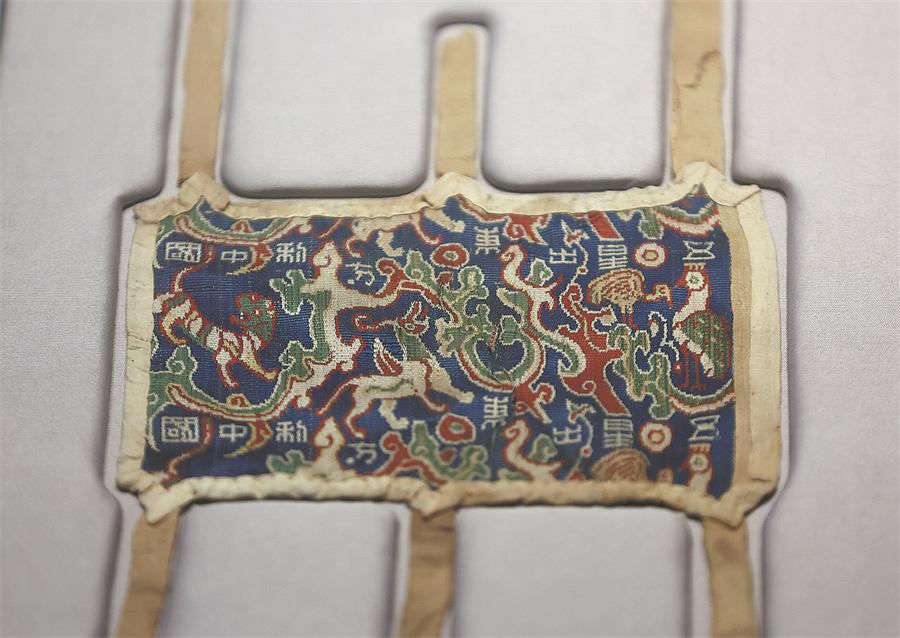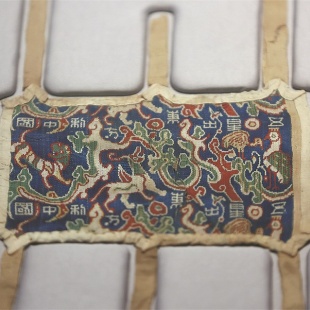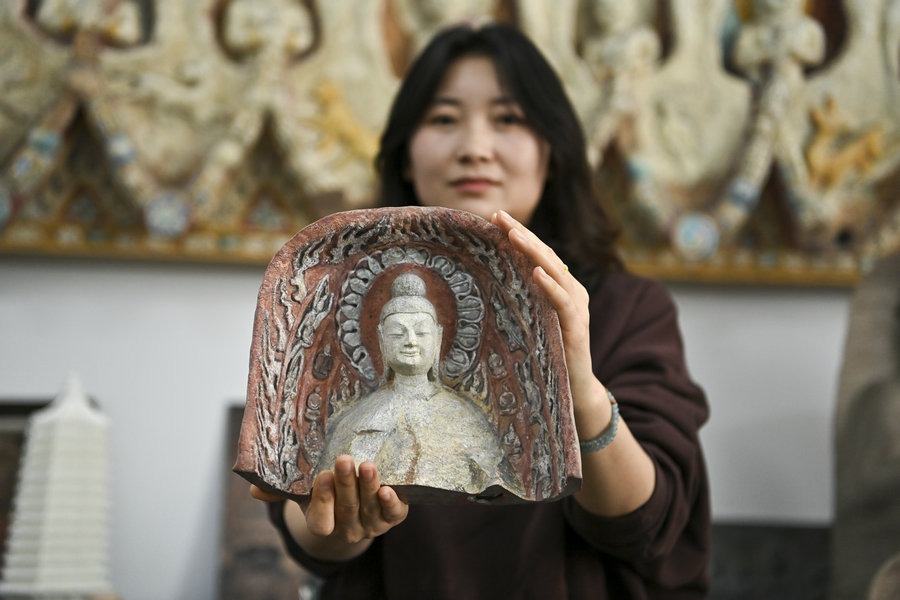Ancient heritage highlights Xinjiang's key national unity role


Archaeological discoveries provide clearer picture of social development
Beneath sands and snow, and eroded by time, myriad cultural relics have emerged to tell a colorful story of the past in a vast area of northwestern China.
Archaeological findings in the Xinjiang Uygur autonomous region in recent years have helped in the discovery of the origins of civilization in the area and the role played in forming a united nation.
The discoveries range from monumental cities that reflect the glory of the Silk Road to various sites scattered from the Tianshan Mountains to the Pamir Plateau.
Thanks to a blueprint on archaeology in Xinjiang produced by the National Cultural Heritage Administration and released by the regional government in 2018, related work has proceeded swiftly in the past five years, yielding key breakthroughs.
Dang Zhihao, deputy director of the Xinjiang Institute of Cultural Relics and Archaeology, said that with the support of nine institutes and universities elsewhere in China, 91 archaeological excavation programs have been launched throughout Xinjiang since 2018.
The programs involve more than 20 sites, ranging from the Paleolithic period to the Qing Dynasty (1644-1911), and in the past five years, four sites in Xinjiang have been included in China's annual top 10 lists of new archaeological findings.
"We've gained much from the studies of city ruins, graves, beacons, temples, caves, ancient mining areas and other sites. This precious heritage gives us a clearer picture of Xinjiang's social development," Dang said.
Some findings have produced vital clues to life in the distant past.
For example, the Tongtiandong cave site in Jeminay county, Altay prefecture, which is some 45,000 years old, yielded the earliest-known human settlement in Xinjiang. Stone tools excavated at the site also provided crucial evidence linking the Stone Age and Iron Age with human migration across the Eurasian grasslands.
In Tashikurgan Tajik autonomous county, Kashgar prefecture, on the edge of the Pamir Plateau, archaeologists found an 8,000-year-old plant that produced stone tools — one of the largest at that time in China.
Meanwhile, the Jirentai Goukou site in Nilka county, Ili Kazak autonomous prefecture, offered proof of the world's earliest use of coal some 3,000 to 3,600 years ago, while architectural ruins and pottery found at the site shed light on how a so-called nomad economy formed in the region.
"These discoveries have significantly deepened our understanding of Xinjiang's prehistoric era," Dang said.
- Chinese, Mongolian militaries to hold joint exercise
- Bonded zone in Horgos attracts foreign companies
- Horgos Port channels fresh Chinese fruit to Kazakhstan
- Earthquake rattles Xinjiang; no injuries or damage
- Seventh Belt and Road Teenager Maker Camp and Teacher Workshop (China-Central Asian Project) opens in Xinjiang





































